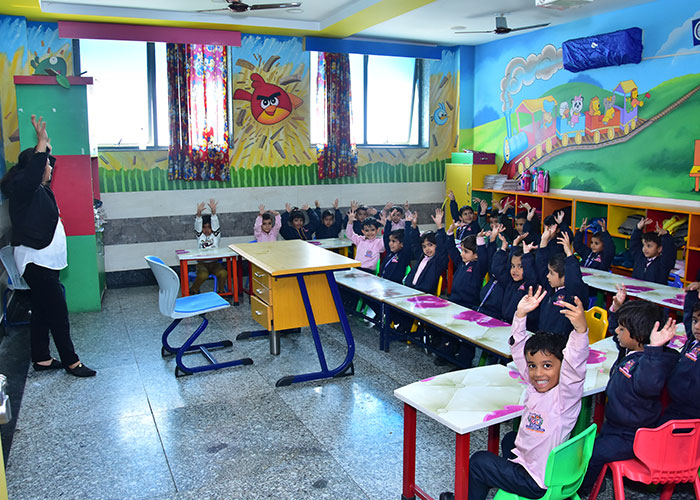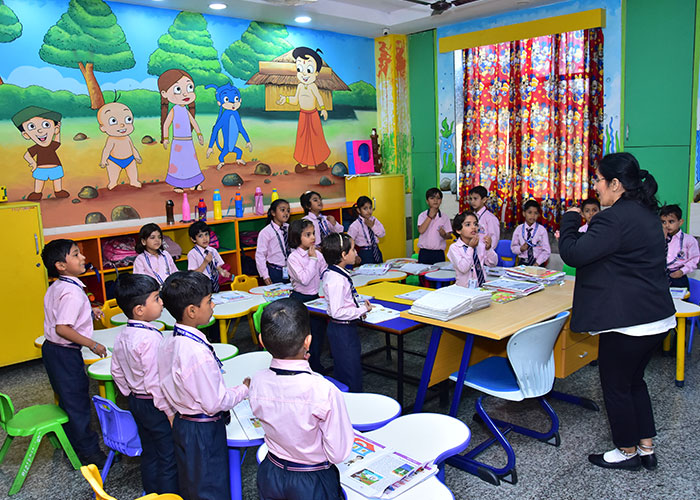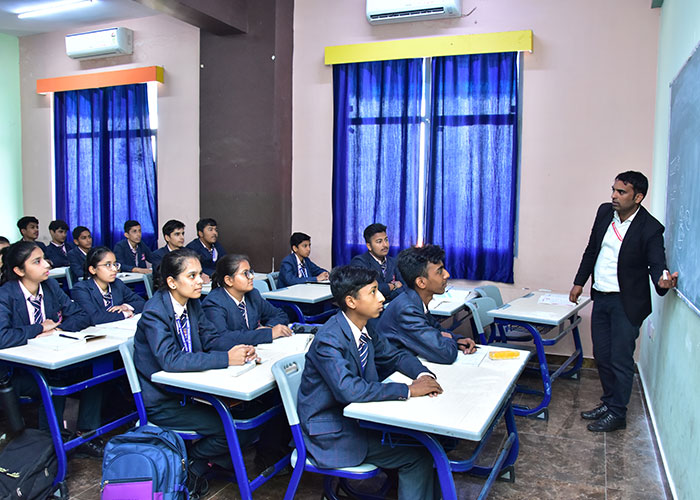Class Rooms
Class rooms
Educational researches have shown that teachers’ actions in their classrooms have twice the impact on student achievement as do school policies regarding curriculum, assessment, staff congeniality, and parental involvement. The quality of teacher-student relationships is the keystone for all other aspects of classroom management. At Shalom Hills, the intuitive class management techniques ensure that each classroom is the ‘favourite haunt’ of the class second to none, not even the playground. They are many and varied but result in effective teaching and enhanced learning in the classrooms.
Rotational Seating arrangement
Monitoring
The key to this principle is that best teaching takes place when the teacher is on her feet; not on the seat.
The students at Prayaas International feel a strong sense of attachment and belongingness to their class, classroom and class teacher. It is truly their ‘home away from home.’ This is because the classroom is owned by them in the best possible way. They are responsible for the furniture and boards.
- There are neither ‘backbenchers’ nor ‘front-ups’ in Prayaas International School.
- Students are seated according to a rotational system which makes each one sit in the front as well at the back.
- No child is made to feel sidelined or ignored by being made to sit in the corner or back seat.
- At Prayaas, each and every teacher makes frequent rounds while the students are working to check on their progress.
- The teacher passes through the whole room about two minutes after the students have started a written assignment. She checks that each student has started and provides individualized instruction as needed.
- The students who are not yet quite on task quickly ‘get going’ while the teacher quietly yet firmly reminds the distracted learners to focus.
Each and every child is given some role or responsibility turnwise throughout the session. The purpose is manifold:
- Build leadership capabilities
- Develop self-esteem and self-confidence
- Motivate the so called naughty students or weak learners
- Practice through action the value of Equality and ‘First among equals’
- Allow each and every child to shoulder responsibility and learn accountability




